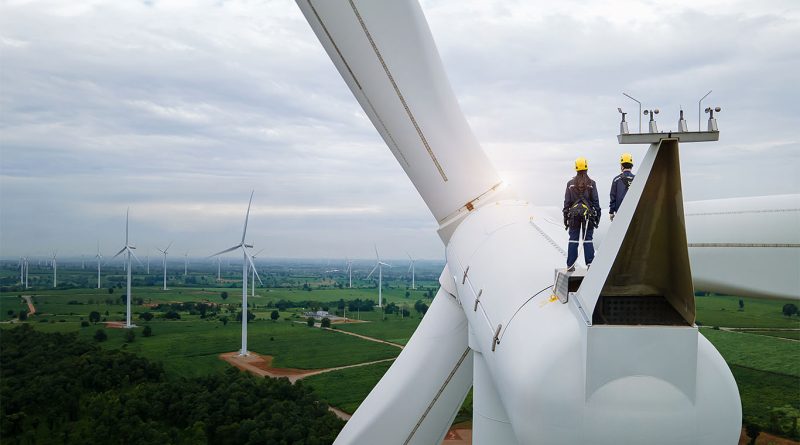The 5 Biggest Benefits of Wind Power You Should Know
Wind power stands out as a rapidly expanding renewable energy source, offering environmental, economic, and strategic gains. As the world focuses on sustainability and resilience, wind turbines play a vital role in shaping the global energy future.
1. Sustainable and Infinite Energy Source
Wind is a constantly replenishing resource, delivering an endless supply of energy. Unlike fossil fuels, wind power doesn’t deplete the Earth’s reserves or produce emissions. With deployment options both onshore and offshore, regions with abundant wind such as the UK, Denmark, and the US, can harness clean energy domestically. This geographic flexibility strengthens long-term energy planning and minimizes reliance on external fuel sources.
2. Reduces Greenhouse Gas Emissions
Wind-generated electricity requires no combustion, thus producing near-zero greenhouse gas emissions. Its rapid deployment contributes significantly to global decarbonisation efforts. Wind energy plays a critical role in reducing CO₂, sulfur dioxide, nitrogen oxides, and particulate pollution, helping cities and regions meet air quality and climate targets.
Globally, wind power helps avoid over 1.1 billion metric tonnes of CO₂ emissions annually.
3. Economic Benefits and Job Creation
Wind energy is now cost-competitive with traditional power generation, thanks to declining installation costs and improved turbine efficiency. The global wind capacity reached approximately 837 GW at the end of 2022, powering over 400 million homes.
This burgeoning industry supports a diverse workforce. In the UK alone, over 55,000 people work within the wind sector. With 15,000 in onshore and 40,000 in offshore roles. Globally, the wind industry employed around 1.3 million people as of 2022. These jobs span manufacturing, installation, maintenance, and R&D, while providing income to landowners and tax revenues to local communities.
4. Energy Independence and Grid Stability
Investing in domestic wind infrastructure reduces dependency on imported fuels and shields economies from global market volatility. Countries leveraging wind energy gain control over their energy mix.
Integrated into modern smart grids combined with battery storage and digital management, wind turbines support grid resilience. They can balance demand fluctuations and mitigate supply disruptions caused by aging infrastructure or external shocks.
5. Low Operational Costs and Technological Advancements
After the initial capital cost, wind turbines incur minimal operational expenses. With no fuel costs and long service lives (20–25 years), wind energy offers a stable and predictable power supply.
Technological improvements like taller towers and larger blades have increased output, while predictive maintenance systems reduce downtime and extend equipment lifespan. Since 2009, the levelized cost of wind power has fallen by roughly 70%, and offshore project costs are down by about 50% since 2015. BloombergNEF also forecasts further cost reductions of 2–11% in 2025.
Why Wind Power Matters
Wind power is not merely an alternative, it’s essential. Its benefits speak to core global priorities:
| Priority | Contribution from Wind Power |
|---|---|
| Environmental | Cuts emissions and improves air quality |
| Economic | Creates jobs, drives investment, supports local economies |
| Strategic | Enhances energy independence and grid reliability |
As international targets push toward net-zero emissions and decarbonisation ambitions for 2030, wind energy’s role continues to grow. It remains a cost-effective, scalable, and sustainable solution.
